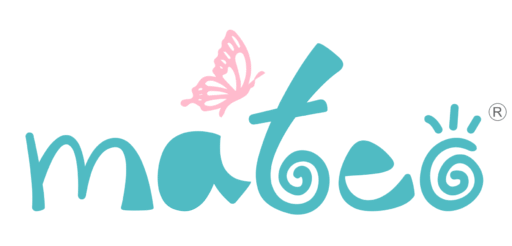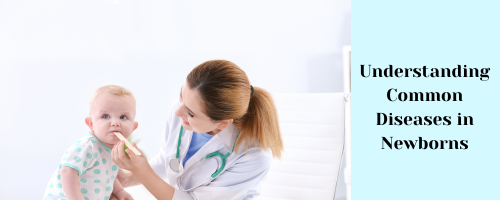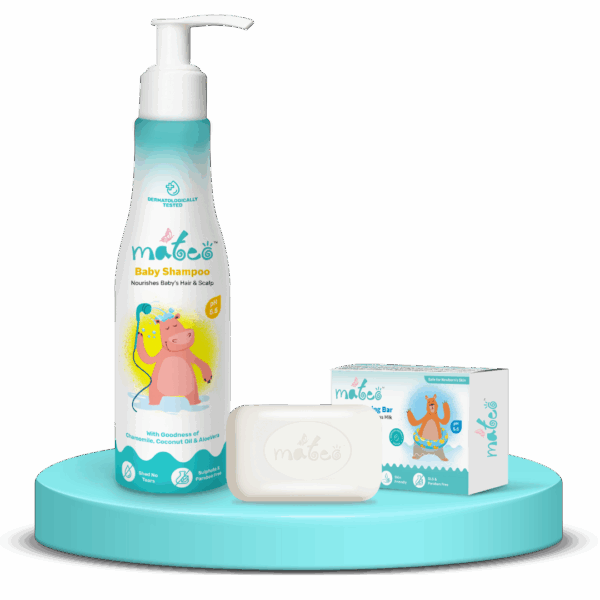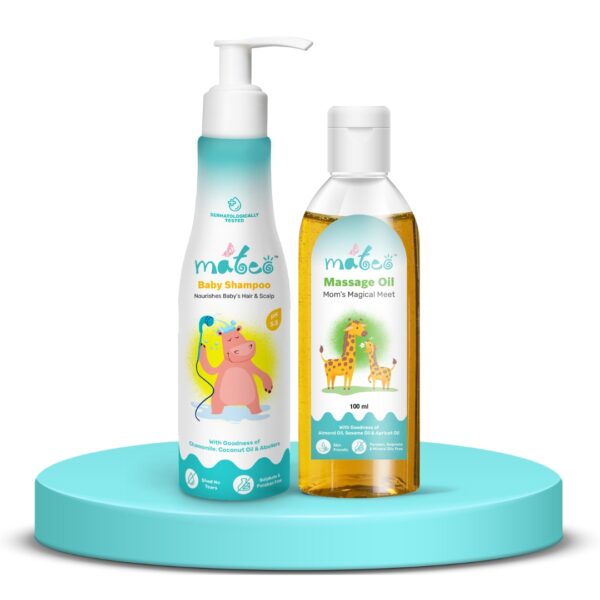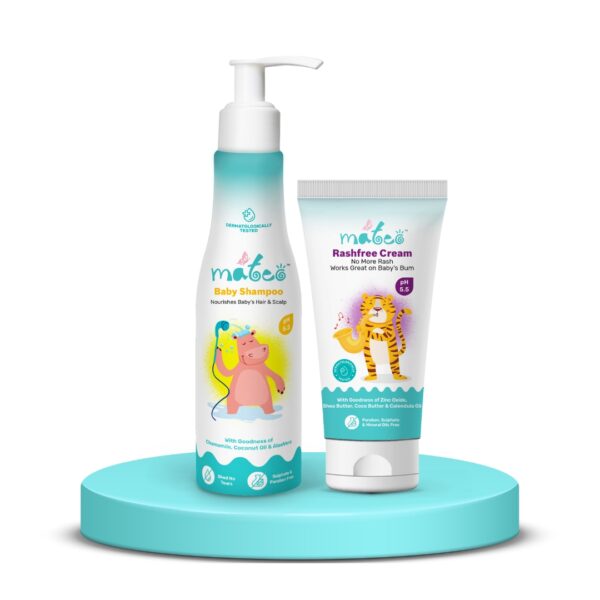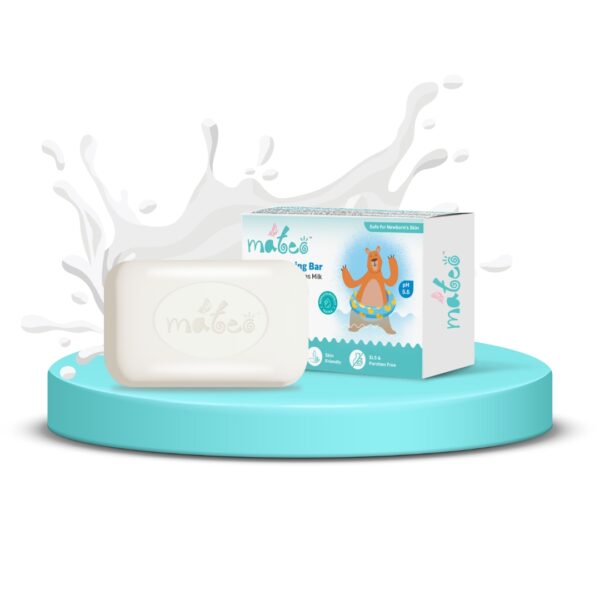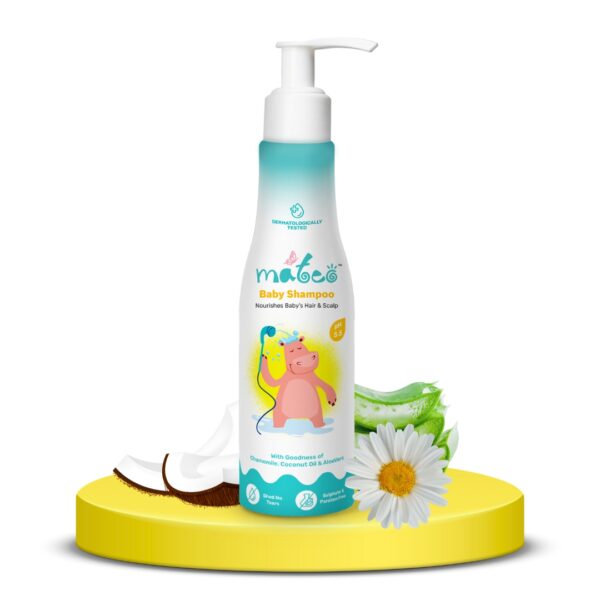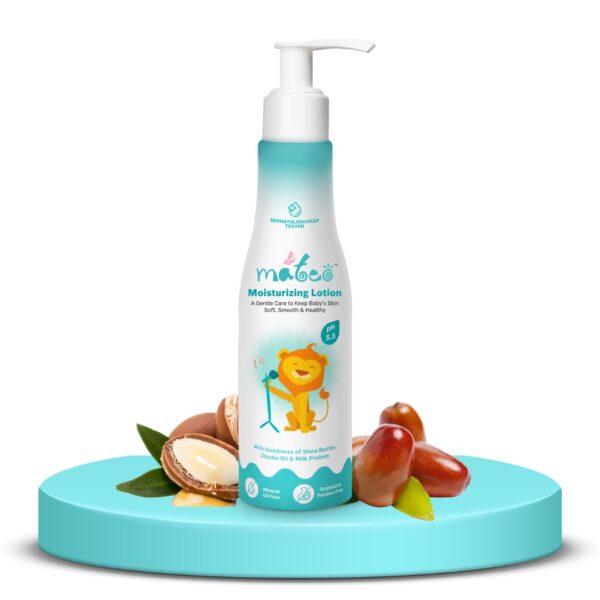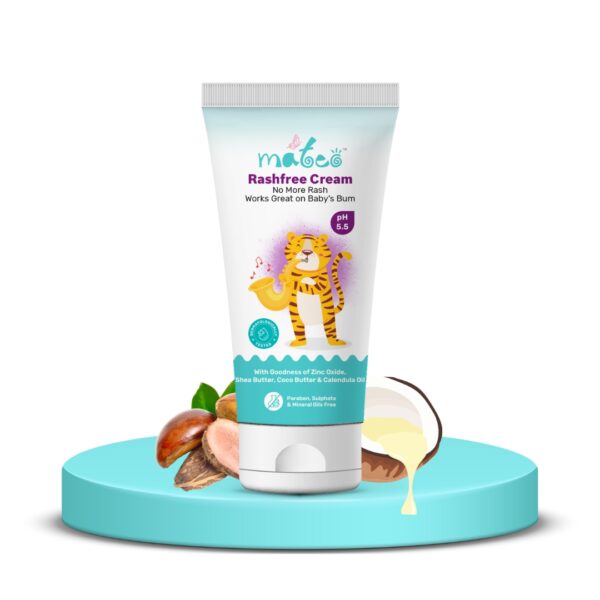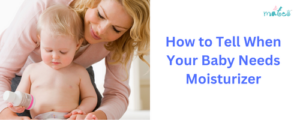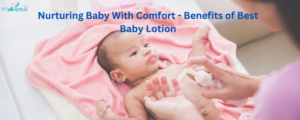The birth of a baby brings lots of happiness and amazement, but it also means you must be very careful. Learning about common diseases in newborn babies and skin diseases is crucial. The skin of a newborn is different from that of an adult in many ways – it’s not as thick, has less hair and secretes special fluids. This special feature makes new babies more likely to have skin problems. Both parents and doctors need to know about these issues.
Understanding Common Diseases in Newborns
1. Neonatal Jaundice: Jaundice in newborns causes yellowing of the skin and eyes due to too much bilirubin in the blood. Even though it is usual, bad yellowing might need help. Neonatal jaundice treatments need special lights to break down bilirubin and often more feeding. In some bad cases, exchange transfusions might be needed too.
2. Diaper Rash: Skin irritation in the diaper area because of wetness, rubbing or infections.
3. Erythema Toxicum: A kind of skin problem that looks like red marks with centre bumps, often found in new babies.
4. Cradle Cap: A skin problem making scaly parts, usually on the head but can also show up anywhere else.
5. Thrush: An infection from Candida fungus that makes white spots in the mouth, sometimes spreading to the throat.
6. Umbilical Cord Issues: It’s possible for infections, hernias or granulomas to happen around the belly button area after a baby is born.
7. Respiratory Issues: Colds, respiratory syncytial virus (RSV) and fast breathing in newborns can make it hard for them to breathe.
8. Gastrointestinal Problems: Babies often have problems like acid reflux, stomach pain and constipation.
9. Skin Conditions: These include things like milia, miliaria, acne and other normal skin problems that usually clear up on their own without any help.
10. Congenital Heart Defects: Some babies born might have problems with their heart’s structure that could need doctor help.
These are just a few examples and most of these conditions are usually normal, but some might need to see doctors for help or checkups. Always talk to a healthcare expert if you worry about your baby’s well-being.
A Guide to Skin Diseases in Newborn Babies and How To Handle Them
In the first weeks of their life, babies often have various skin problems. Although many of these are harmless and short-lived, it’s important to tell them apart from serious problems that need fast help. This difference helps parents find out and fix problems early and makes worried moms feel better.
One thing that makes baby skin unique is a special protective layer called vernix caseosa. This coating helps keep the skin slippery and stops bacteria from harming it. Under this layer, the skin’s pH is between 5.5 and 6.0. But even with this shield, little babies are still facing different environmental issues and possible annoyances. This makes their skin more likely to have problems.
Transient Vascular Phenomena: Even though these diseases in newborn babies might seem scary, they are usually harmless and connected to the young baby’s blood circulation control.
Erythema Toxicum Neonatorum: This common itchy skin condition, which many babies get is like red spots with a middle bump or blister. Usually found on the face, chest and arms, it has a unique circle around its marks.
Transient Neonatal Pustular Melanosis: Usually seen in new black babies, this harmless thing causes little bumps and spots on the skin. They go away quickly within a few days or weeks.
Acropustulosis of Infancy: This skin problem is marked by itchy bumps and blisters on the hands and feet. It usually goes away without needing help but may cause discomfort.
Neonatal Acne: Severe cases are usually harmless, but it’s important to look into them further for hormonal problems or other hidden conditions. It’s very important to tell the difference between baby acne and other skin problems for good treatment.
Milia and Miliaria: Yellow or white bumps on the skin called milia are harmless. They often disappear without any treatment needed. Baby rash happens when the sweat duct gets blocked. It causes little bumps and spots that are more common in a baby’s first month of life.
Diaper Dermatitis: Parents often worry about diaper rash on their kids. It can happen because of irritants or germs like yeast/bacteria, so cleaning babies well and doing things to help will make the problem less bad.
Caring for Your Newborn’s Skin:
It’s important to know about baby skin health for the right care. As skin grows and protects, it becomes important to give personal care that matches its special features.
Here are some essential tips for newborn skin care:
Gentle Cleansing: Less often washing, using clear and scent-free items along with gentle cleaning when changing diapers is enough to stay clean without taking away natural oil.
Preventing Dry Skin and Eczema: Use less soap, choose smell-free things and put your baby in soft clothes like cotton to stop their skin from getting dry or irritated.
Diaper Rash Management: Checking and changing diapers often, and using gentle soaps or just water can stop the rash from happening. Also, avoid tough cleaning pads to deal with this issue better.
The Importance of Touch: Close contact, massages and loving touch help calm a baby. They also make them feel better all-round as they grow up.
Knowing how newborn skin works, spotting usual problems and providing the right care helps to make sure your baby is comfy and healthy. Using a kind and smart way, moms or dads can manage taking care of a new baby’s skin without any worries.
Use gentle and mild baby skin care products like Mateo. Mateo baby care products are specially made for baby’s delicate skin with specific ingredients that nurture soft skin. It is pH 5.5 balanced to protect babies from environmental issues and keep their delicate skin nourished. It is safe as it is dermatologically tested, free of chemicals and hypoallergenic. Make sure to do patch tests on your baby’s skin before using it and consult your paediatrician to protect delicate soft skin.
This blog wants to help parents and caregivers learn about baby skin and common diseases in newborn babies. It gives information on its special needs and easy ways to look after it. Knowing how to deal with common skin problems and their care helps make sure new family members start off in good health.

Nivethitha Sridharan
Nivethitha is a mother of two children and has a great interest in writing as an experienced mother. She publishes educational and interesting articles on baby care and also assists parents in selecting the finest baby products for their baby’s skin and well-being. She focuses on infant skin care and health issues. She also provides suggestions and guidance on baby care and avoids common skin disorders in newborns. Nivethitha likes studying and writing about new and innovative ideas that might assist people in finding solutions to their problems. She feels that content writing is an effective means of communicating thoughts and information to the world.
-
Baby Shampoo & Cleansing Bar (Combo Pack)
Add to basket₹580.00 -
Baby Shampoo & Massage Oil (Combo Pack)
Add to basket₹590.00 -
Baby Shampoo & Rashfree Cream (Combo Pack)
Add to basket₹575.00 -
Mateo All in One Pack
Add to basket₹1,700.00 -
Mateo Baby Cleansing Bar
Select options₹185.00 – ₹740.00 -
Mateo Baby Shampoo
Select options₹395.00 – ₹1,185.00 -
Mateo Massage Oil
Select options₹195.00 – ₹780.00 -
Mateo Moisturizing Lotion
Select options₹350.00 – ₹1,050.00 -
Mateo Rashfree Cream
Select options₹180.00 – ₹720.00
